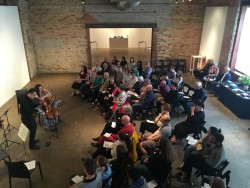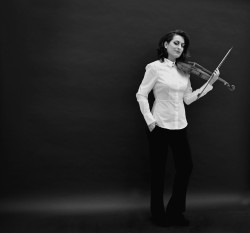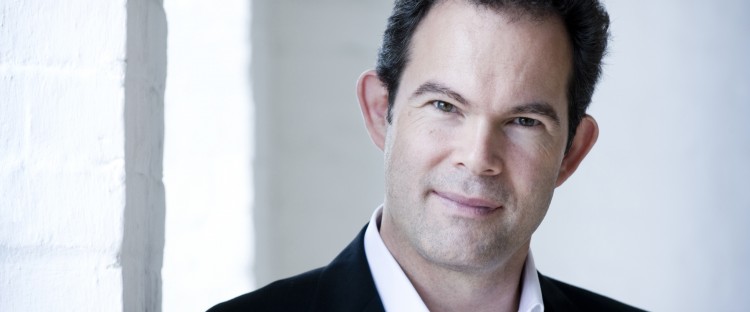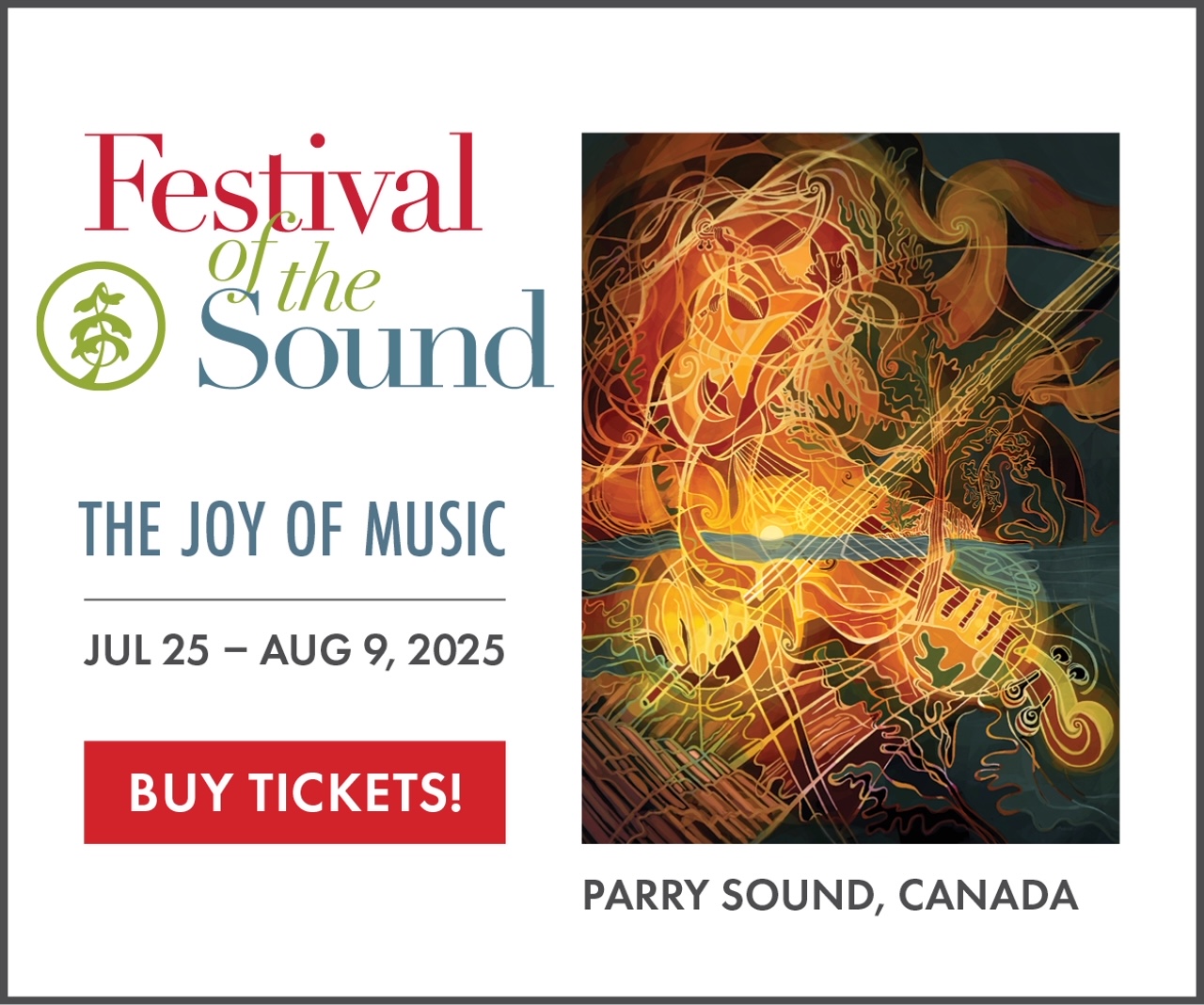Concert Report: Swan Lake/Loch na hEala coaxes beauty from ugliness
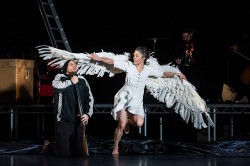 Luminato’s Swan Lake/Loch na hEala is not Swan Lake as a ballet fan would expect. There are no kings, no queens, princes or princesses, and yet – there is enchantment, dancing and magic; there is beauty at the heart of darkness.
Luminato’s Swan Lake/Loch na hEala is not Swan Lake as a ballet fan would expect. There are no kings, no queens, princes or princesses, and yet – there is enchantment, dancing and magic; there is beauty at the heart of darkness.
The setup is odd, almost disconcerting: on a bare stage with a metal platform stretching across the back, random step ladders around the edges, with abandoned sets of white wings scattered here and there, an older man wearing nothing but dingy underpants is tethered by a rope around his neck to a concrete block at the centre of the stage, bleating like a goat or sheep as he walks in his wide restricted circles. He is there as we enter to find our seats, and still there as the lights dim for the show proper to begin.
To the moody haunting music of Irish/Nordic trio Slowly Moving Clouds (onstage and playing throughout), three men in old fashioned black suits and hats (looking a bit like Mennonites) approach the man/sheep and proceed to ritually “slaughter” him through choreography using bright red towels to signal the spilling of blood. (By the end of the show we will have seen this man's journey, a descent from man to vicious beast, retroactively making more sense of this animalistic beginning). At the end of this ceremony the man is dressed in nondescript dark shirt and pants, set up on a stool with a microphone to speak into but refuses to say anything until given a cigarette and some food. Once he has these, he begins to tell a tale: Teaċ Daṁsa's version of Swan Lake, Loch na hEala (with echoes as well of the Irish legend The Children of Lir), which he soon begins to become part of and reenact for us, taking on the roles of three dark characters who together embody this story's version of von Rothbart, the dark sorcerer of the classic ballet who turned captive maidens into swans.
The first of these characters to whom we are introduced is the most crucial, as it is he who creates the swans – a false priest who threatens the handicapped girl he abuses and her sisters, promising that they will be turned into “brute beasts” if they dare to breathe a word of what they have seen. He and the other two ‘dark’ characters, a corrupt local politician and an easily corruptible policeman who help to take the story on a tragic downward spiral, have been described by Irish critics as Irish “mythic demons.” Indeed, there is a definite archetypal quality to these men, although they are also very definitely contemporary, as is the story and setting. Acclaimed Irish actor Mikel Murfi is extraordinary, as these three ‘demons’ and the narrator.
The only other speaking character is an ancient, poverty stricken, wheelchair-ridden widow, the mother of the 'prince' in this version of the story – her 36-year-old son Jimmy, clinically depressed at the recent loss of his father and the looming loss of his ancestral cottage which his mother is determined to have replaced by a cheap modern “council house.”
The ugliness of the modern setting and story is so striking that at first the universality is not apparent, and the visceral connection made by Irish and British audiences to the production is not the same for a Canadian audience distanced by an ocean and by a different cadence of speech.
What is magical and striking, however, is how the ugliness of the modern setting sets off the transcendent beauty of the two central pas de deux for Jimmy and Finola, the abused girl who becomes a swan whom he meets in a lake behind his house. This first meeting of the two misfit outsiders is breathtaking, and had me on the edge of my seat in wonder at the emotion and vulnerability expressed by the choreography (and through the exquisite dancing of Alex Leonhartsberger and Rachel Poirier). Director and choreographer Michael Keegan-Dolan grew up in a place where the swans returned for winter and he seems to have absorbed their physicality and passed it on to his dancers, who echoed a real pair of swans in the tentative beginnings of their dance and the twining gentle beauty of their coming together.
The second “black swan” pas de deux – which in the classical ballet pairs the prince with the evil sorcerer's flashily beautiful daughter Odile who, disguised as the good (white) swan Odette, wins the prince for herself – is here a second meeting of Jimmy and Finola, each more damaged than before but still inescapably drawn to each other.
As in the ballet, both Jimmy and Finola die at the end, but in this case there is a “coda” of sorts which, while it felt the other night a bit detached from the story, seems to be intended as a recovery or rediscovery of joy as all the cast dance and move around the stage in an improvised tumble of real swan feathers – punctuated at the very end by the sad figure of Finola, sitting on top of the ladder downstage right looking out over the audience.
A wonderful beginning to the 2018 Luminato Festival.
Swan Lake/Loch na hEala ran from June 6 to 10 at the Bluma Appel Theatre, Toronto.
The Luminato Festival runs in various locations throughout Toronto, from June 6 to 24.
Toronto-based “lifelong theatre person” Jennifer (Jenny) Parr works as a director, fight director, stage manager and coach, and is equally crazy about movies and musicals.


